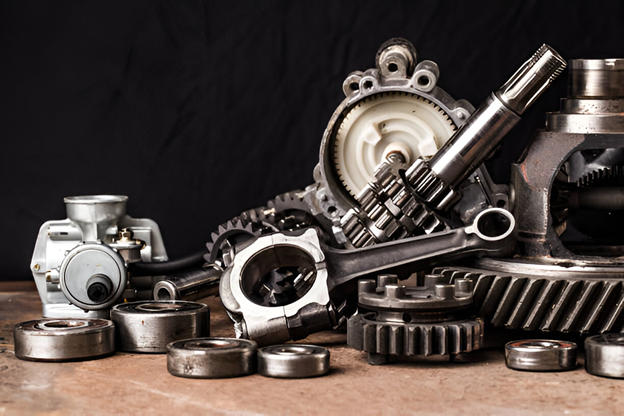Exploring the Aftermarket: A Guide to Truck Parts

Pursuing high-performance, durable, cost-effective solutions is crucial in heavy vehicle maintenance and management. Understanding the landscape of truck parts can enhance operational efficiency and reliability, particularly for fleet operators.
This guide ventures into the aftermarket, explaining the distinctions, virtues, and strategies for selecting and purchasing aftermarket truck parts, making your visit to this website more productive.
OEM vs. Aftermarket Truck Parts
It is crucial to understand the two main types of parts for trucks:
- Original Equipment Manufacturer parts
- Aftermarket parts.
OEM parts are crafted to the precise specifications of the vehicle’s original design. These parts are typically available through the vehicle manufacturer or a designated third-party producer. However, due to their genuineness and brand assurance, they tend to retail at a premium.
Though not exact replicas of their OEM counterparts, aftermarket truck parts can achieve equivalence in design, function, and performance. The allure of aftermarket parts predominantly lies in their cost-effectiveness. Nevertheless, this sector is marked by variability in quality. Thus, fleet operators prioritise reputable aftermarket brands renowned for manufacturing parts that closely rival OEM parts in design and performance.
Choosing Aftermarket Truck Parts
Quality is the most important factor when selecting aftermarket components. This specification encompasses a spectrum from performance to longevity and not cost alone.
High-quality aftermarket parts mirror the performance and durability of OEM parts. They also have long-lasting reliability. The challenge of discerning quality underscores the importance of engaging with trusted suppliers. These include those affiliated with reputable brands and those who uphold the highest standards of product integrity.
Longevity and Reliability
Quality aftermarket parts are backed by longevity and reliability, mitigating frequent repairs, maintenance, and, critically, downtime – a silent eroder of profitability. Consequently, aligning with trusted suppliers becomes non-negotiable, ensuring that your fleet remains perpetually roadworthy and economically efficient.
Safety and Compliance
With the evolving landscape of emissions standards, such as the forthcoming Euro 6 regulations in Australia and New Zealand, it is crucial to ensure parts compatibility with modern emissions control systems. Aftermarket parts must align with existing performance standards and adhere to safety and emissions compliance guidelines, safeguarding the fleet’s operational integrity and environmental stewardship.
Finding Reputable Suppliers
The internet offers readily accessible information, equipping you with the means to vet aftermarket truck parts suppliers meticulously. Professional network recommendations, evaluating the supplier’s longevity, product range diversity, and quality assurance practices, can guide you to reputable suppliers.
Parts Installation
When mishandled or incorrectly installed, even the finest-quality truck parts can cause safety concerns, performance degradation, and consequential damages. This underscores the importance of entrusting skilled professionals with all facets of truck maintenance and parts installation, ensuring adherence to manufacturer guidelines and best practices.
Conclusion
With a focus on quality, safety, and compliance bolstered by a partnership with reputable suppliers and expert installation mechanics, fleet operators can harness the benefits of aftermarket parts, achieving operational efficiency, reliability, and cost-effectiveness. The aftermarket provides a fertile ground for value, performance, and convenience, poised to meet and exceed the challenges of modern fleet operations.



